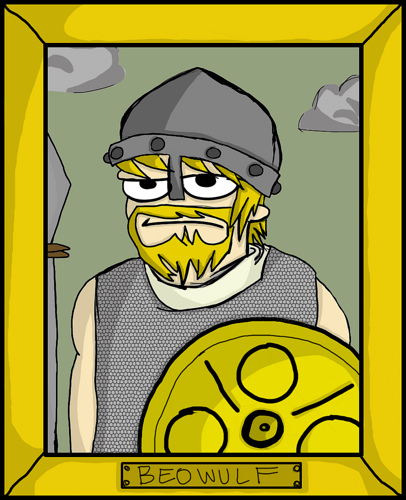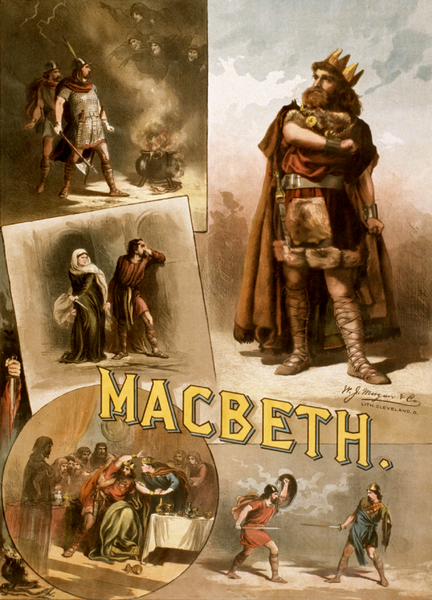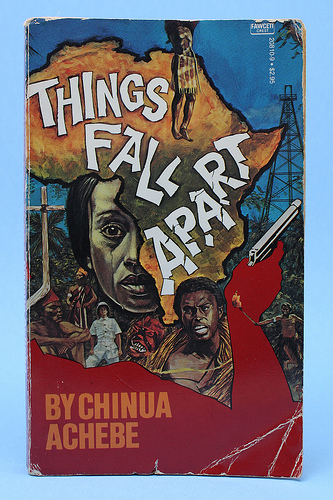What if you understood everything you read as being literal? How would you read with the passages below? Decide whether each passage is an example of literal language or figurative language and check the appropriate boxes to respond.


Source: beowulf_final, Zetacoes, Flickr
1. In this passage from Beowulf, the Danes are trying (but failing) to defeat the monster Grendel.
Their courage / Was great but all wasted: they could hack at Grendel / From every side, trying to open / A path for his evil soul, but their points / Could not scratch at his skin.
(2, 449–454)
a. Was the Danes’ courage literally wasted? Is the text really saying that the courage didn’t do any good?
b. Did the Danes try to literally open “a path” for Grendel’s soul? Is the text really saying that the Danes wanted to make a passage so that Grendel’s soul could walk out of his body?
c. Were the Danes literally not able to scratch Grendel’s skin? Is the text really saying that the Danes’ swords were not sharp enough to make an impression?

Source: Thomas Keene in Macbeth 1884
Wikipedia crop, W.J. Morgan & Co. Lith.,
Wikimedia
2. In Shakespeare’s Macbeth, the body of the dead king, Duncan, is described by Macbeth in the passage below. By the way, guess who did the killing? It was Macbeth!
Here lay Duncan, / His silver skin laced with his golden blood.
—2, 3.99–100
a. Is Duncan literally lying down?
b. Is there literally blood on Duncan’s skin?
c. Is the blood literally golden and the skin literally silver?

Source: Chinua Achebe - Things Fall
Apart, lungstruck, Flickr
3. In a short story by Chinua Achebe that describes an ancient African tradition, a priest tries to convince a “new comer” not to close down a pathway that is used by “our dead relatives” and “our ancestors” and “children coming into the world.”
“What you say may be true,” replied the priest, “but we follow the practices of our fathers. If you reopen the path we shall have nothing to quarrel about. What I always say is: let the hawk perch and let the eagle perch.”
—“Dead Men’s Path”
a. Is the priest saying that they will literally follow the practices of the fathers?
b. Is the priest saying that opening the path will literally end the quarrel?
c. Is the priest saying that he will literally let hawks and eagles perch?

Source: Stuck in traffic, Boyce Duprey, Flickr

Source: Tied up, ShortStuf7, Flickr
You are probably so good at reading figurative language already that you may do it automatically, without consciously thinking that it is either figurative or literal. Sometimes, though, you may have to stop and consider whether something is stated in literal language or figurative language.